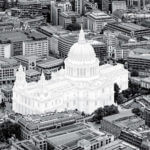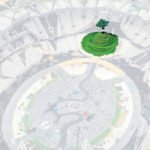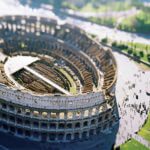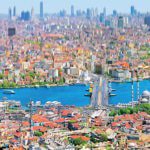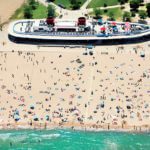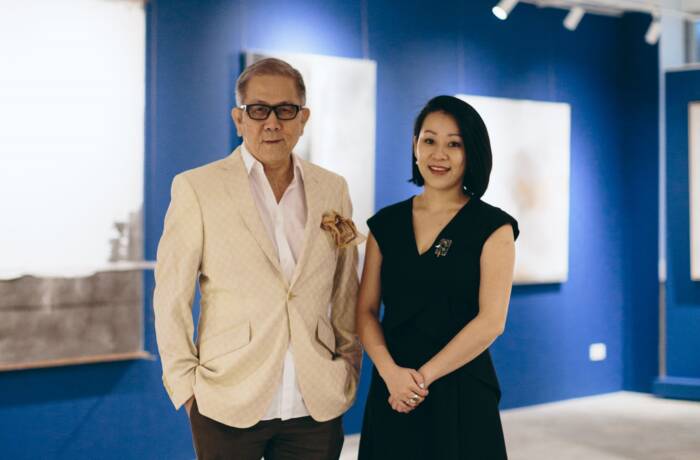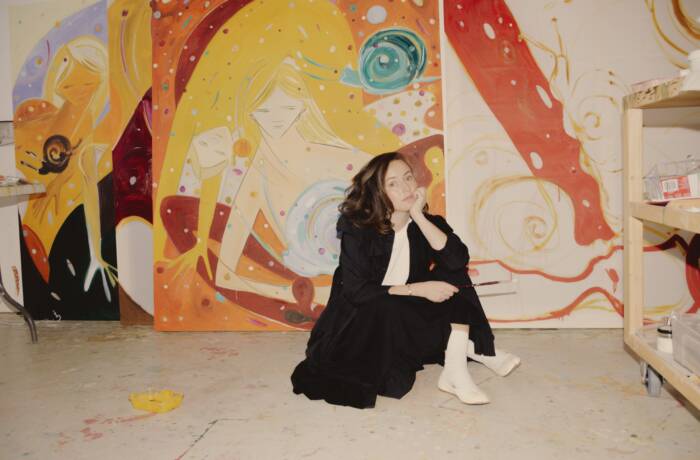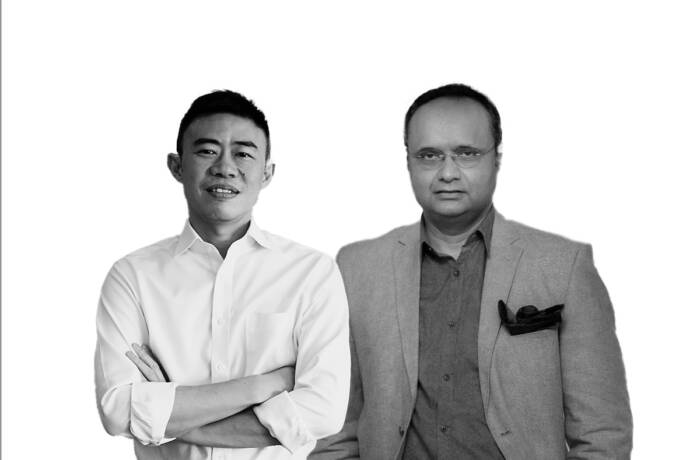Olivo Barbieri creates artifice out of reality. The Italian art photographer and film-maker, who has shown at MOMA New York, the Sundance Festival and Tate Modern in London, specialises in visual studies of spectacular urban landscapes that make cities look like haunting plastic architects’ maquettes. In an exclusive interview with Caroline Davies, he talks of his adventures in India, China, and London’s Olympic Park.
How do you start on a project?
There is no rule, it depends on the project. Each is different. I use some inspiration from books or the Internet. Because I use a helicopter, I will speak to the pilot to decide what to do. Much of the time I have a selection of places in mind but whether we can reach these often depends on the city I am in. London is easier because you can get permission to shoot.
How do you select your subjects?
That is a difficult question to answer. I try a lot of subjects and I don’t know before I shoot them what will happen. It is difficult to explain. Sometimes something interests me. When I was shooting London it was very important for me to see the new Olympic area and some new construction.
The subject has to be right for my work, not everything belongs with it. When I select my images I try to tell a story, like a small novel. Normally I decide to have only 12 images that relate to one another. I will shoot more or less 2000 images before I select and when I start, I don’t know what will be. The first step in the project is when I shoot, but the second is in post-production.
The really famous landmarks are more difficult because they are well-known subjects, St Paul’s or Tower Bridge for example. There are so many images in the history of photography that it is difficult to do something new. That is part of the challenge of my work.
What do you want to achieve?
I want to capture a city in a new way, but also discover what will be the future of this city; I’m always experimenting. The important thing is to imagine how it will be in the future, not how it is now. I choose something major so that people will look at the picture and see the possibility. I am looking for what will be.
Do you remember your first camera?
Yes it was an Eura Ferrania, an Italian – made camera. I was 8 years old. I still have some photographs and the camera, it still works. It is very simple. I liked it a lot, but I only started taking photographs seriously when I was 18. I wanted to be a photographer, but create art photography, not commercial photography, and have my work in a gallery. I looked at work of Monet and Andy Warhol.
How did you start your career?
At the beginning I did straight photography. I shot in the outskirts of cities, often at night because I was interested the artificial illumination of the city. I took pictures of Europe and Asia and made a comparison between the way each uses artificial illumination. After that I started to use select focus where only part of the lens is in focus so it was possible to decide what the more important part is. I built a project in Italy, India and in China and I did a big exhibition. In 2003 I started shooting famous cities of the world from a helicopter. The plan was quite specific, I tried to look at the world like an installation.
The selected focus technique is very interesting. I started using it because I was a little bit tired of the idea of photography, I wanted to decide what part of the picture was interesting. I discovered that not only was it possible to decide important to me because no one had done that before. Then I made a discovery when I tried to do it from a helicopter. When what was to be the central focus, but the result was something like a new world, a new way to see the world. It was very I first used it, I was very surprised, it opened a new world of possibility. It was very interesting to me that everything could be made to look like this, less real. I tend to decide after whether something has worked or not.
What do you think of the camera phone?
I like it a lot. When everyone has a camera, they can take a normal photo around me so it allows me to focus on art photography, to take a photo of something that they cannot. It gives me more freedom

